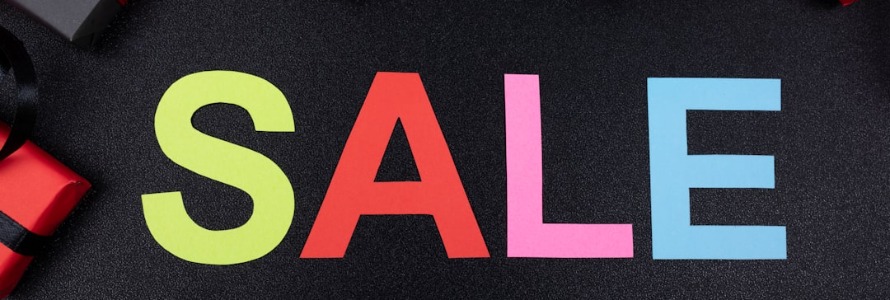
As an author, one of the most challenging decisions I’ve faced is pricing my book. It’s not just about picking a number and hoping it resonates with readers. It’s about finding that sweet spot where value meets profitability, ensuring my work is accessible while also compensating me fairly. In this article, I’ll share insights and strategies that have helped me navigate the complex world of book pricing. Whether you’re a self-published author or working with a traditional publisher, these tips will guide you in setting a price that works for both you and your audience.
Understanding Your Target Audience
The first step in pricing a book is understanding who your readers are. This involves knowing their demographics, purchasing habits, and expectations. For example, readers of romance novels may expect lower prices due to the competitive market, whereas business books can often command higher prices because they’re seen as investments.
To gain this understanding, I recommend:
- Conducting surveys or focus groups: Engage with potential readers to learn what they’re willing to pay.
- Researching comparable titles: Look at similar books in your genre to gauge typical pricing. Websites like Amazon and Goodreads are excellent for this purpose.
- Considering your format: E-books, paperbacks, and hardcovers each have different pricing norms, influenced by production costs and reader expectations.

The Psychology of Pricing
Pricing isn’t just a financial decision; it’s a psychological one. The price you set conveys a message about your book. A low price might suggest it’s a quick read or less valuable, while a higher price implies quality and depth. For instance, pricing a novel at $0.99 may attract bargain hunters but could also deter readers who associate low cost with low quality.
Key psychological pricing strategies include:
- Charm pricing: Ending your price with .99 or .95, such as $9.99, can make it appear more attractive than a round number.
- Anchoring: Use comparisons to set expectations. For example, listing your e-book at $4.99 while the paperback is $14.99 highlights the e-book’s value.
- Value-based pricing: Emphasize the benefits your book provides, particularly if it’s non-fiction or educational.
Production Costs and Profit Margins
To ensure profitability, it’s essential to account for production costs when pricing your book. As a self-published author, I’ve learned to consider:
- Printing and distribution costs: For print books, calculate the cost per unit based on your chosen print-on-demand service or bulk printing.
- Platform fees: E-book retailers like Amazon take a percentage of each sale. For example, Amazon’s royalty rates are typically 35% or 70%, depending on your book’s price.
- Marketing expenses: Factor in advertising, promotional campaigns, and any other costs associated with getting your book in front of readers.
Once you have these figures, you can calculate your break-even point and set a price that ensures a healthy profit margin.

Pricing Strategies for E-Books
E-books offer flexibility in pricing, which is both a blessing and a challenge. Based on my experience, here are some effective strategies:
- Promotional pricing: Launch your book at a lower price (e.g., $0.99) to attract early readers and generate buzz. You can increase the price after gaining traction.
- Tiered pricing: Offer your book at different prices over time, starting low and gradually increasing as demand grows.
- KDP Select and Kindle Unlimited: Enrolling in Amazon’s programs can impact pricing, as you’ll need to consider how royalties from page reads balance against potential sales.
Pricing Strategies for Print Books
Print books require a different approach due to higher production costs. When setting a price, I consider:
- Cost-plus pricing: Add a markup to your production cost to ensure profitability.
- Competitive pricing: Align your price with similar titles in your genre and format.
- Premium pricing: If your book includes unique features like high-quality paper, illustrations, or a hardcover format, you can justify a higher price.
Testing and Adjusting Your Price
One thing I’ve learned is that pricing isn’t static. It’s important to test different price points and adjust based on performance. Here’s how I approach this:
- A/B testing: Offer your book at different prices to see which generates more sales or revenue.
- Monitoring sales data: Regularly review your sales and revenue reports to identify trends.
- Listening to feedback: Pay attention to reader reviews and comments about pricing.
Communicating Value to Readers
Ultimately, your book’s price needs to align with the value readers perceive. This is where your marketing and branding efforts come into play. A professional cover design, compelling book description, and strong reviews can all enhance perceived value, making readers more willing to pay your asking price.

Conclusion
Finding the right price for your book is a journey of balancing value and profitability. By understanding your audience, leveraging psychological pricing strategies, and accounting for production costs, you can set a price that resonates with readers and rewards your hard work. Remember, pricing isn’t a one-time decision—it’s an ongoing process that requires experimentation and adjustment.
I hope these insights empower you to confidently price your book and achieve your publishing goals. Good luck!

References
Amazon Kindle Direct Publishing. (n.d.). Pricing resources. Retrieved from https://kdp.amazon.com
Coker, M. (2018). The secrets to e-book publishing success. Smashwords. Retrieved from https://www.smashwords.com
Kozlowski, M. (2020). How to price an e-book for the Kindle. Good e-Reader. Retrieved from https://goodereader.com
Larsen, M. (2017). Publishing for profit: Successful bottom-line management for book publishers (5th ed.). Chicago Review Press.


